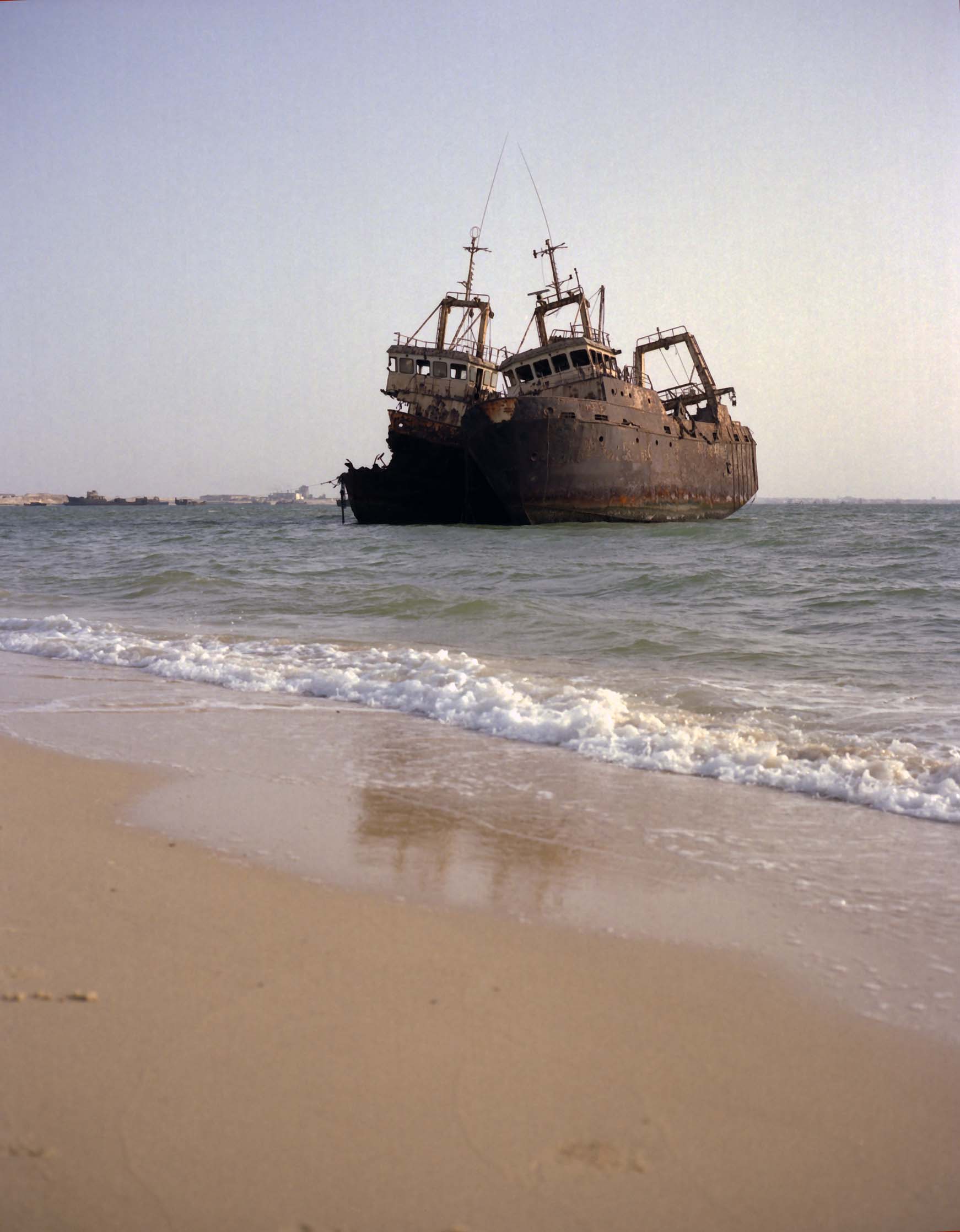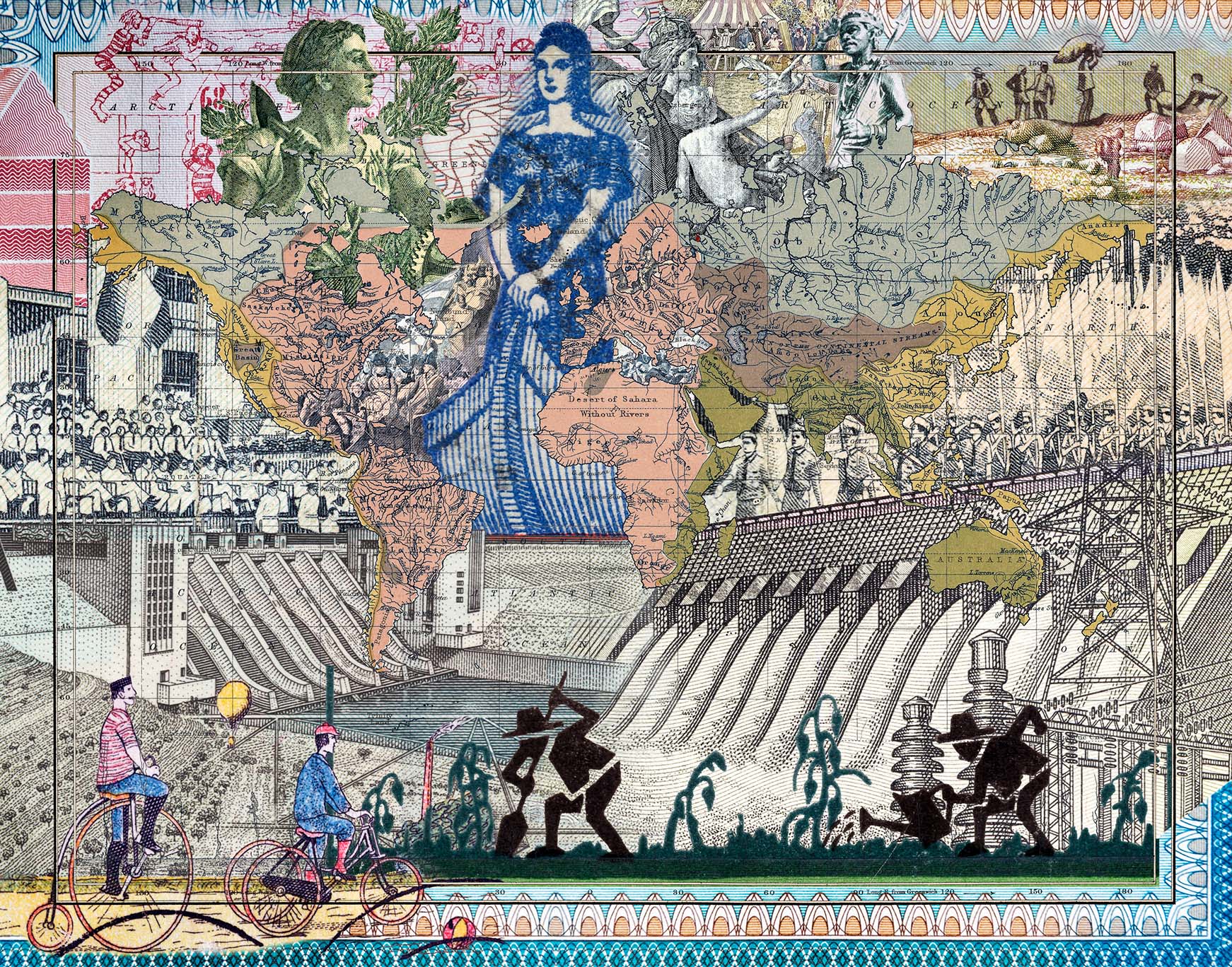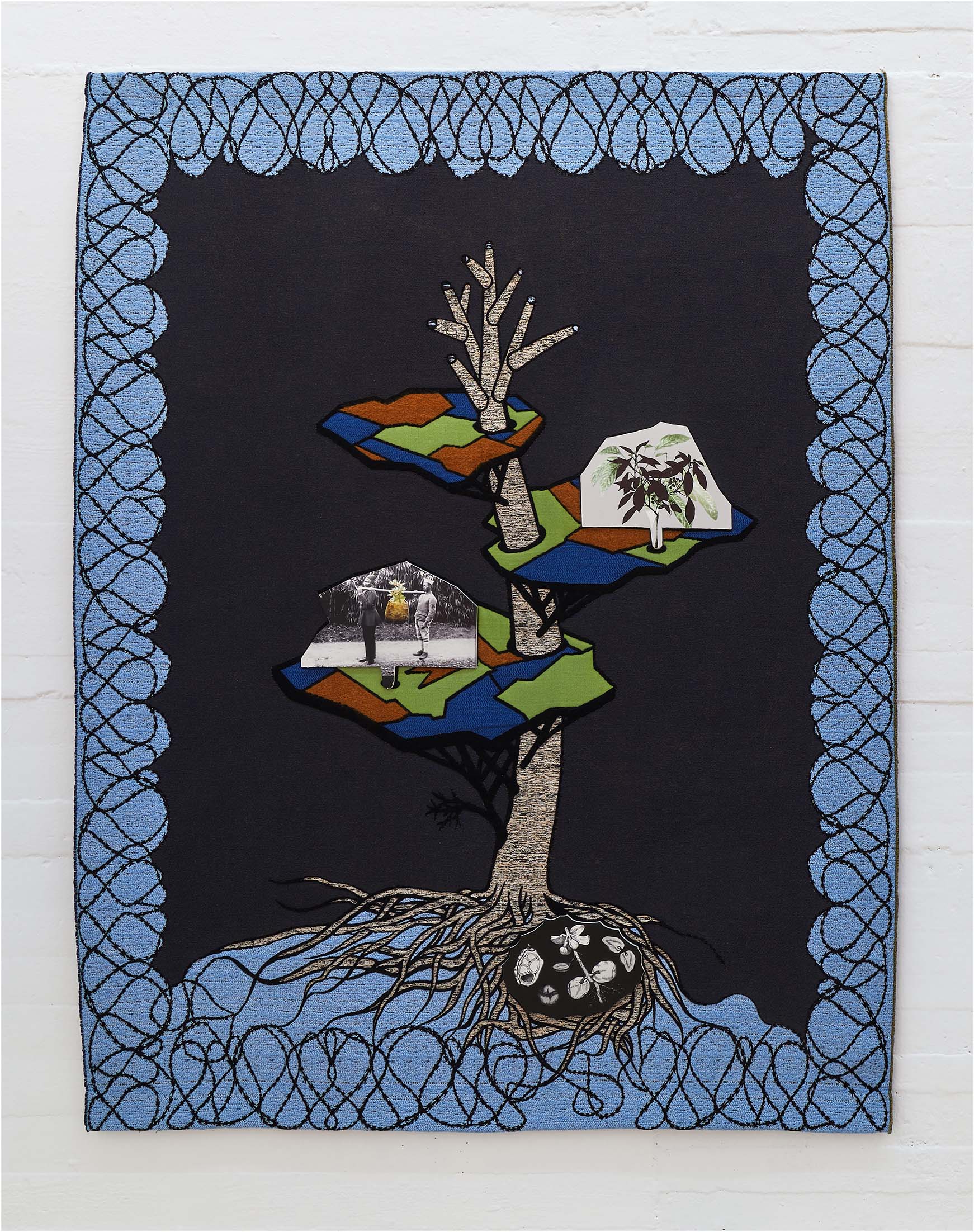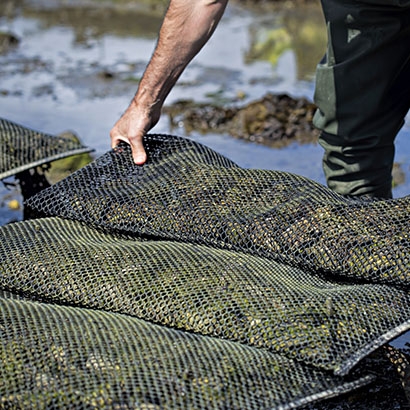Somerset House’s “We Are History” exhibition, sponsored by Morgan Stanley, features art that connects our global climate crisis to complex legacies of colonialism.
The phrase “we are history” can cut two ways: in the vernacular sense of “Oh no! We’re doomed!” before the inevitable curtain closes, but also in the origin-story sense of people laying claim to a past that was prologue—to paraphrase Shakespeare—for our present and a perhaps still redeemable future.
In We Are History, a new group exhibition sponsored by Morgan Stanley at Somerset House in London, nine artists and collectives tackle what might be considered the preeminent existential crisis of our times—climate change—through photographs, prints, textiles, video and installations that explore the legacy of colonialism in the Southern Hemisphere, from Africa and South America to the Caribbean.
“The artworks in We Are History are lyrical, moving and historically charged,” according to writer Ekow Eshun, the exhibition’s curator, “They seek to address climate crisis, not directly or didactically, but with a poetry and nuance that expands the visual framework we bring to the subject. By preferencing perspectives from the global South, the exhibition also identified environmental change as a racial process with deep roots in colonial history.”
Complex Interconnections
Indeed, the “we” of this exhibition refers to Black, indigenous and people of color, while the “history” covers the centuries-old relationship between ecological change and human intervention. The artists in We Are History eschew the oft-accepted attribution of the Industrial Revolution as the starting point for our current environmental crises, and instead, reach all the way back to colonialization, forced migration through slavery and 17th century land-use legacies that dramatically altered flora and fauna through the ages, leading up to the intensified environmental issues of today’s interconnected world and economic globalization.
“Morgan Stanley is proud to support this thought-provoking exhibition, as the artists take an innovative look at climate change through diverse perspectives—exploring the complex relationship between socio-economic history and the human impact on our planet,” says Clare Woodman, Head of Morgan Stanley in Europe, the Middle East and Africa.
Below, we sample at a few of the works from the exhibition:

Zineb Sedira’s large-scale photograph The Lovers poetically documents the underside of globalization. The Franco-Algerian photographer, best known for her work addressing cultural and physical displacement, travelled to a ship graveyard in Nouâdhibou, Mauritania, a fishing village that serves as a port of departure for many migrants trying to reach the Canary Islands. Sedira’s photograph captures a kind of afterlife for some of the transports used to move goods and people across the world’s oceans.

In a work commissioned for We Are History, Mauritian artist Shiraz Bayjoo investigates the impact of colonialization on communities in the Indian Ocean by using a variety of media in subversive and celebratory ways. As in previous works like Coral Island, Bayjoo uses ceramics to recreate ornate French frames that, instead of displaying pictures of beloved family members, show images of violence against indigenous people and ecosystems. The artist also uses Kanga fabrics of the East African coast to reaffirm indigenous traditions and crafts and memorialize people and places that have been lost, rather than glorifying the fabric used to create the sails that enabled travel by the oppressors and their imperial flags.

In her ongoing series Figures, Malala Andrialavidrazana looks at the ways that land, people and resources were manipulated by 19th century colonizers from Western Europe. The Madagascar-born artist uses outdated maps, bank notes, racist drawings, and textbook illustrations to create large-scale photomontages. The resulting works examine the ways in which images across various media are used to create and reinforce narratives of power and subjugation.

Through textiles, drawing, photographs, sculptures and performances, Otobong Nkanga seeks to understand the ways in which land can be defined. As a geographic location, a memory and a site of violence, land can mean different things to different people. In her series Contained Measures, the Nigerian-born Nkanga charts the extraction of raw materials, their processing and subsequent transportation using textiles and photographs. The kola nut, for example, was originally used as an ingredient in Coca-Cola, and led to its success on the global market. Although this use was abandoned, it remains one of the most important indigenous cash crops in West Africa and is still used in ceremonies and rites of passage.
By exploring the complex relationships between land use and the legacies of colonialism, the artworks in We Are History invite us to learn from the perspectives of communities in the global South engaged in the fight for social and environmental justice.
The exhibition will be on view at Somerset House, from Oct 16, 2021, through Feb 6, 2022.



